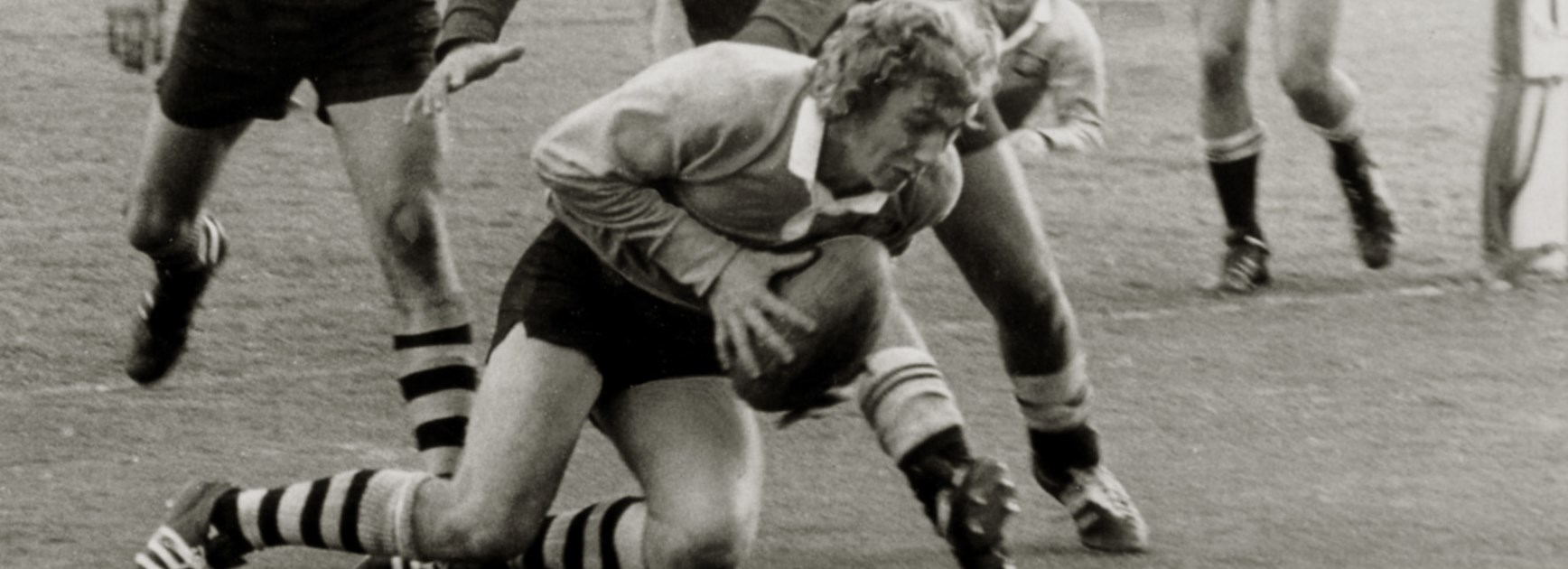
One of the initial 100 players inducted into the Rugby League Hall of Fame, the late Steve Rogers was one of the greatest Cronulla Sharks players of all time.
Blessed with terrific speed and footwork, quality goal-kicking, plus one of the best defensive techniques in the game, Rogers scored 1752 points, including 147 tries, in 352 first-class games, captained Australia and won the 1975 Rothmans Medal and 1981 Dally M Medal.
However the end of his career was a quiet one, with injuries cutting short his final seasons.
Titled "The Prince of Centres", this story first appeared in Rugby League Week on May 28, 1986, written by Ian Heads.
So it's over. Steve Rogers can donate his football boots to the next big charity raffle, and dust down his golf clubs. And every darned one of us who cares about the game and the players who make it great is left feeling empty, and cheated. Each of us, surely, would have hoped for just one more game, one more glimpse.
Instead we're left in the recent past, only with a litany of painful newspaper headlines spelling out the agonising last rites intoned over a great football player.
The postscripts of his last three games will read: 1984 – reserve grade grand final for St George (lost); 1985 – nine minutes for Cronulla against Canterbury (broken jaw); 1985 – 13 minutes for Widnes against Wigan (broken leg).
Justice has not been done.
Remembering Steve Rogers
Down all rugby league's years there has been no crueller exit of a champion. Even the great Gasnier.
He limped off at Avignon in late 1967, unnoticed, dragging painfully the leg he had broken earlier in that Kangaroo tour.
But Gaz could have played again in 1968. However, priorities had changed; family and career then ranked ahead of football, and he called it a day.
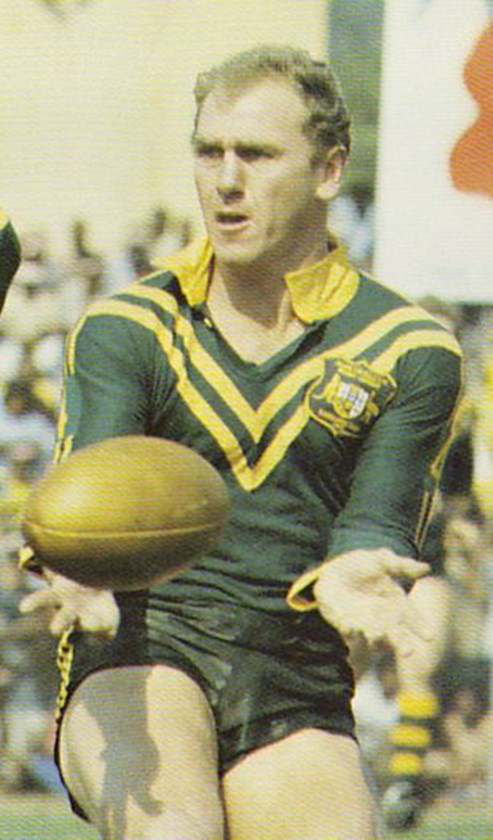
As of Monday May 19, Steve Rogers knew he could never play again. "Play again, and you risk permanent injury," said the specialist. The stakes were just too high.
So "Sludge" – that awful, incongruous nickname for such a player – quietly made it official. That evening, for a time, he dodged the phone and went for a walk to think about the business of getting on with the rest of his life.
Left behind for us all to savour are the footprints of a giant. Some of it is on video, and that's the blessing – that Sludge chanced to be a genius in the age of electronics.
Memories too. All the way back to '73 when Rogers – "a surfie-looking kid", as Tommy Bishop called him, with ringlet curls almost to the shoulder, chanced his luck at Cronulla.
Even then, he was a prodigious talent. He was just 18, and far too young to be in first grade. "But how could we have left him out?" asked Bishop.
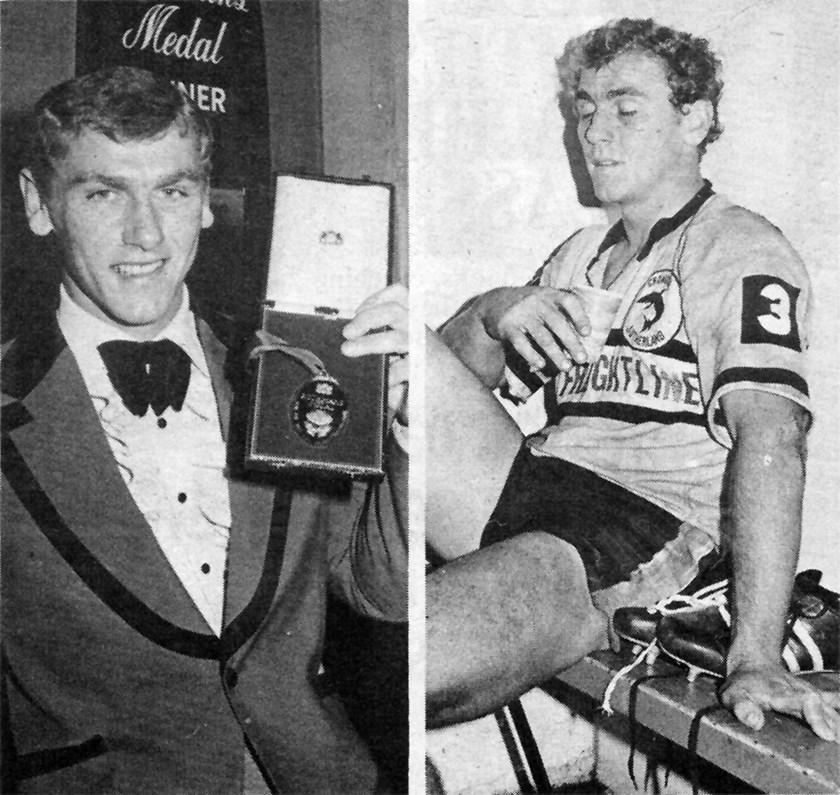
He was centre (five-eighth, lock) of all the talents. More dazzling than Cronin, a better defender than Gasnier, a goal-kicker not so far short of Brown and Messenger. As good as any, or all of them? That's the sort of question that men of league will debate in clubs for as long as the game is played.
Suffice to say he was one of the great centre three-quarters – a rare and striking talent. It's tribute enough.
He captained Australia, played 21 Tests, a barrel-full of rep games, and 222 first-grade matches with Cronulla and St George.
His blistering acceleration and swerve was his early trademark, his fabulous ability to read a game and act accordingly the strength of his latter years. As a defender, with the ability to "kill" the ball, he had no peer.
With Mick Cronin, a fellow rookie on the '73 Kangaroo tour, he built one of the great Aussie centre partnerships.
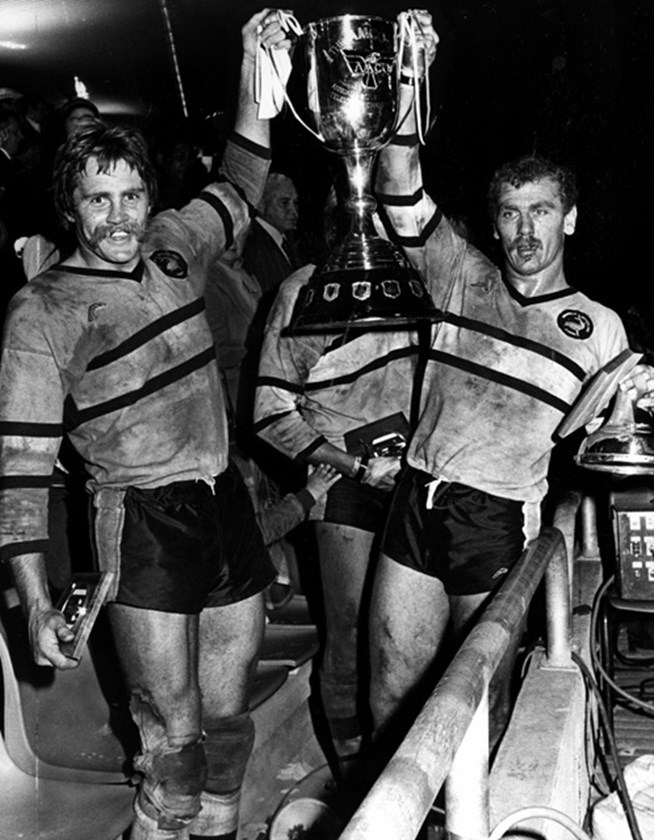
And "Sludge" did it all with style. On field he was a fine and generous sportsman – off it, a calm and articulate spokesman for the game of Rugby League.
"Lady Luck" should, really, have treated him more kindly.
But, in the year that Halley's Comet has been and gone, Steve Rogers has gone too.
Only one difference – Sludge won't be back. But league forges on, a better game for having had him in its ranks, and a poorer one for having him bid it ... farewell.
His peers have the last word.
Reg Gasnier: "What a brilliant player on his day – beautiful hands, a good swerve, and that great acceleration. "I feel for him. He deserved to go out on so much higher a note than he did.
"It was certainly my great pleasure to watch his career.
"Class was the word that summed him up. That speed and agility, that ability to read a game so well.
"To me he was in the very top drawer of centre three-quarters. All of those abilities put him ahead of the others.
"If only it could have finished a little better…"
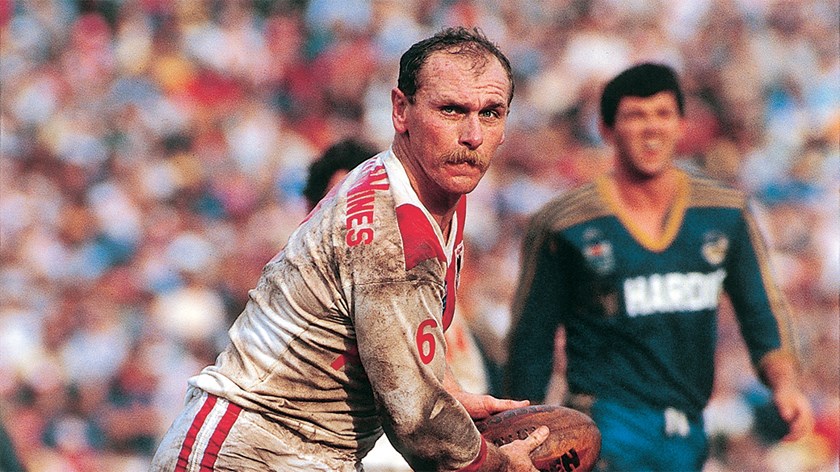
Tommy Bishop: "I rate him the greatest all-round centre three-quarter I have seen.
"I player against Gasnier in 1967, when he was near the end of his career, and I didn't see the best of him.
"But Steve was a rare, rare talent. I remember when he came down to that first training session in 1973, a long-haired surfie-type kid.
"Even then he looked so good – a natural.
"I recall we left him in reserves for a couple of weeks. His form said we just had to bring him up.
"A wonderful tactician – a player of all the skills."
Harry Wells: "I have never met Steve Rogers. But on what I saw of his career I certainly rate him highly.
"A player with a ton of ability – more a roving-type centre than a centre who opens the door for his partner.
"And that's why his partnership with Mick Cronin was so successful. They complemented each other perfectly.
"I suppose once he lost his pace it brought him back to the field a bit.
"But he can look back with pride on his career. He was part of a very successful era for Australian football, and he made his contribution to that.
"Everyone would have hoped that he could have had a happier exit, but that's fate... and it's part of the game."
Sludge was one of a very rare breed in the game – the player who could do everything.
Bob Fulton
Mick Cronin: "I always regarded him as the complete footballer.
"In his early years he was regarded as a brilliant attacking player.
"Later he developed and adapted his game to become a great organiser, and one of the best defensive players in the game.
"Whatever the occasion on the football field, he could handle it.
"I certainly enjoyed playing alongside him. He was a bloke you knew you could rely on.
"He was a team player – he knew the job he had to do... and he did it."
Bob Fulton: "Sludge was one of a very rare breed in the game – the player who could do everything.
"No player since has had hisall-round gifts. And in the recent past probably only Graeme Langlands had such a wide range of talents on the football field.
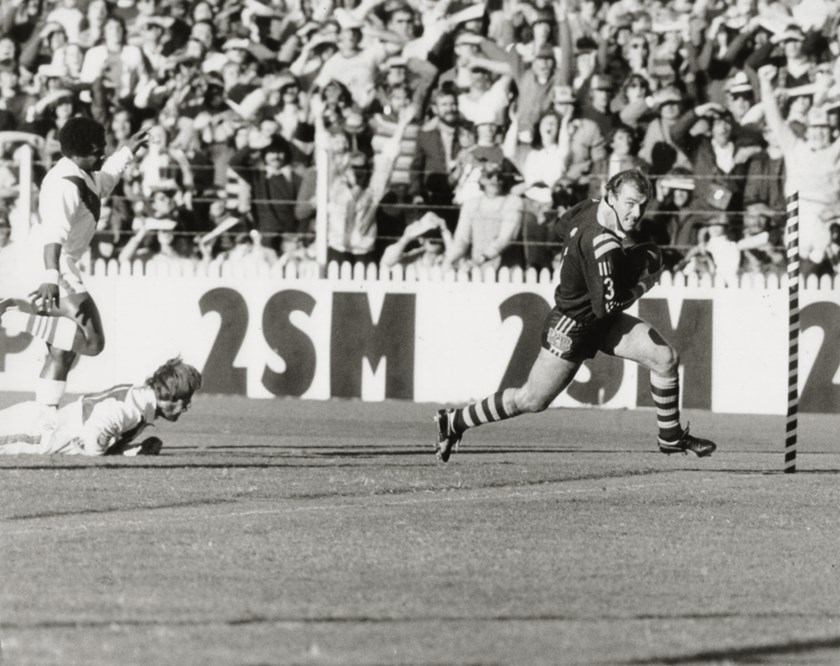
"He had virtually every skill in the book.
"He had speed, a swerve, he could defend and attack. He could kick goals, he was a fine tactical kicker, he could kick and regain.
"Put down all the current topliners and none of them have that complete range of talents.
"So he was a very special player.
"I rate him the most naturally gifted player that I played with or against. A complete footballer."

